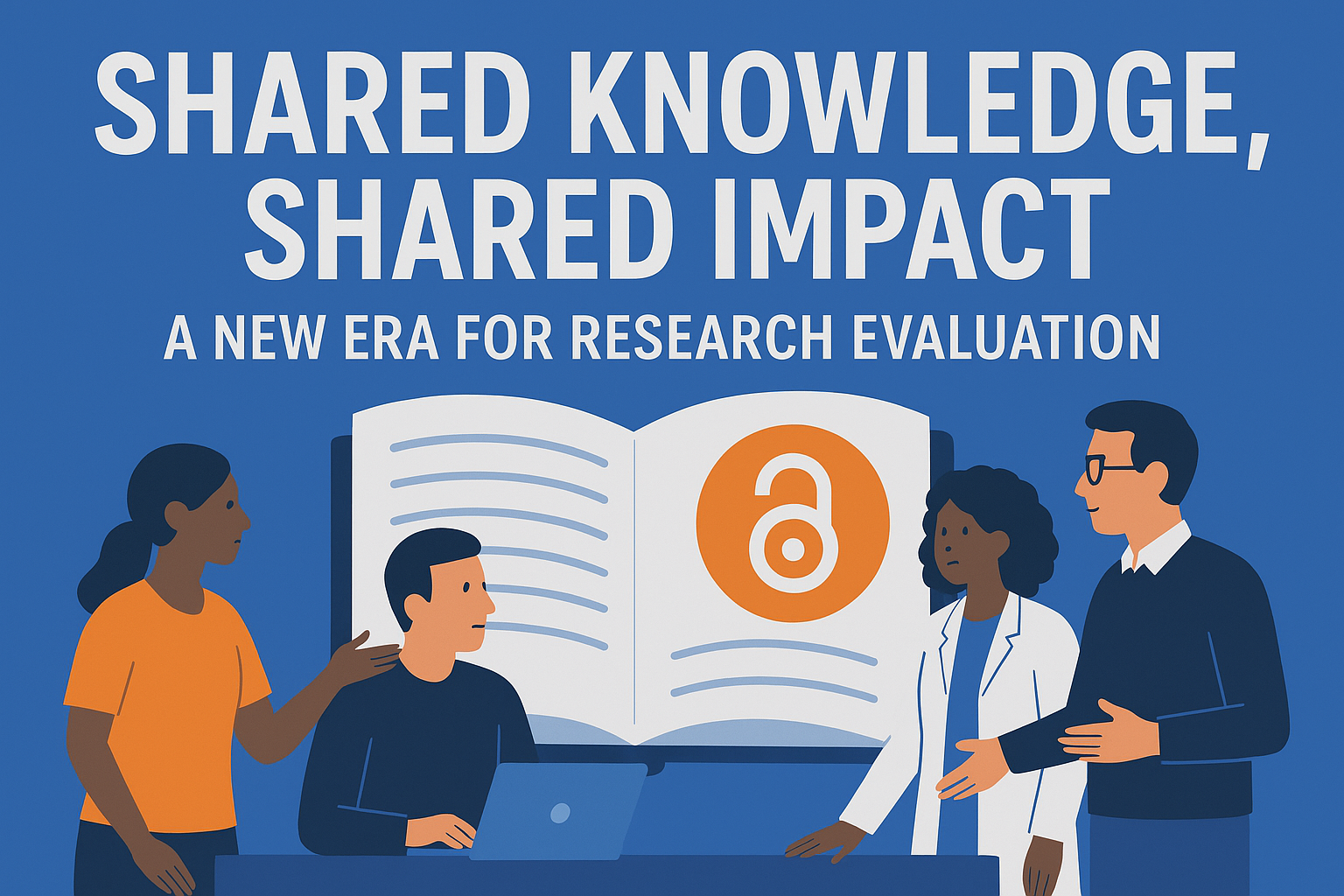Exploring alternatives: Conducting scientific research without experimental animals

Biomedical research testing on animals dates back to 380 BC, with early Greek physician-scientist Aristotle performing experiments on live animals. However, this practice has been criticized by animal protection groups more recently. This led to the US Food and Drug Administration (FDA) to change its rules about requiring animal testing in 2022. The FDA declared that new drugs need not be tested in animals to receive approval.
Although most researchers welcomed this move, some others opined that non-animal methods may not identify all the potential risks a drug could pose to human trial participants. They argue that cells or tissues in a dish cannot mimic all the biological processes – for instance the communication between different cell types – happening inside a living system. As such, using animals for biomedical research remains unavoidable. Here are some things to keep in mind if you rely on animals for your experiments.
Humane research practices when using animals
To ensure humane practices while using lab animals for research, scientists have developed the principles of the 3Rs: replace, reduce, and refine. This framework is based on the idea that if animals are used in research, every effort must be made to ‘replace’ them with alternatives, ‘reduce’ the number of animals required, and ‘refine’ the experiments to ensure that the animals feel less pain and distress.
Replacing animals as testing systems
Although animal testing for drugs has been mandatory, a majority of drugs tested on animals fail in human clinical trials because they are toxic or ineffective. This shows that experimenting in animal models may not be foolproof. Many argue that animal experiments may waste money, time, and lives.
To overcome the problems of conducting experiments on animals, researchers have developed organ chip technology that can be used to test drugs. These chips, which are the size of a thumb drive, contain hollow channels lined with live cells from organs like the brain, liver, lung etc. Fluids flow through them, emulating the blood flowing through vessels in a living organism. Some studies using these organ-on-a-chip technology have already shown promising results.
To avoid using animals in research, you can rely on tissues or cells obtained from human volunteers, mathematical and computer models, and established cell lines. Organ-like ‘organoid’ systems can also be established from stem cells obtained from human volunteers to replace testing on animals. Studies have shown the usefulness of organoids for carrying out drug screening.
If you can’t completely replace animals from your experiments, the 3Rs principle suggests replacing them partially. This can be done by using some animals that (based on current knowledge) are not capable of thinking or suffering. This includes flies like Drosophila and worms like C. elegans. If your study requires mammalian cells, you can use primary cells obtained from animals that have been killed solely for this purpose, and haven’t undergone procedures that could be painful.
Reducing the number of animals used in your experiments
This principle aims to decrease the number of animals using in each experiment study, while still meeting the scientific objectives and result criteria. To ensure that you practice this principle in your research, it is crucial to properly plan animal studies and determine the optimum number of animals needed for experimentation. Further, the data obtained from animals must be analyzed carefully to guarantee reliable and replicable results.
Sharing data and resources like animals, tissues, or cells between research groups can also help reduce the number of animals on which testing is required.
Refining experiments to cause minimum suffering to animals
This principle focuses on refining experiments and techniques such that minimum harm, suffering, and pain is inflicted on the animals being tested. This ensures animals’ overall welfare and includes using appropriate anesthesia and painkillers while conducting experimental procedures on them. You should also ensure that the animals are housed in a manner that is suitable for their requirements. Refining experiments also has a direct advantage to you as researchers – pain and suffering can alter an animal’s behavior and physiology, leading to variations in experimental results.
Training researchers in alternative testing methods
The research community is increasingly becoming sensitive to and critical of using animals for conducting scientific and clinical research. There are several resources that can guide scientists – old and new – about avoiding the use of lab animals.
Alternatives to Animal Experimentation is an open access journal that was started four decades ago. The journal publishes research articles focused on the development and implementation of methods alternative to using animals for scientific purposes. The journal also keeps its readers updated with global developments in this field.
There are also some conferences focused on advancing science ethically using non-animal research and testing methods. Such conferences guide the next generation of scientists through talks, workshops, poster presentations, demonstrations, and case studies.
A trust called Alternatives Congress Trust in the US brings together multidisciplinary stakeholders from academia, industry, government, and non-profit organizations to advance the 3Rs of animal use in the life sciences. They hold a world congress globally – from the US, to Europe to East Asia.
There are also some textbooks that can guide young researchers about the alternatives to using animals in life sciences and clinical research.
Avoiding animal testing – the way forward
Conducting research experiments on animals is time-consuming, expensive, and often ends up wasting lives. With the advent of technology, the research world has many non-animal methods to offer for experimental testing. These methods include but are not limited to conducting tests on:
-
cell lines or primary cells in a lab dish, or in vitro testing
-
computers to model or simulate biological experiments, or in silico testing
-
chemicals to test their reactivity as replacement to animals, or in chemico testing
Using a combination of these methods to conduct life science or clinical experiments can save time, money, and lives.





